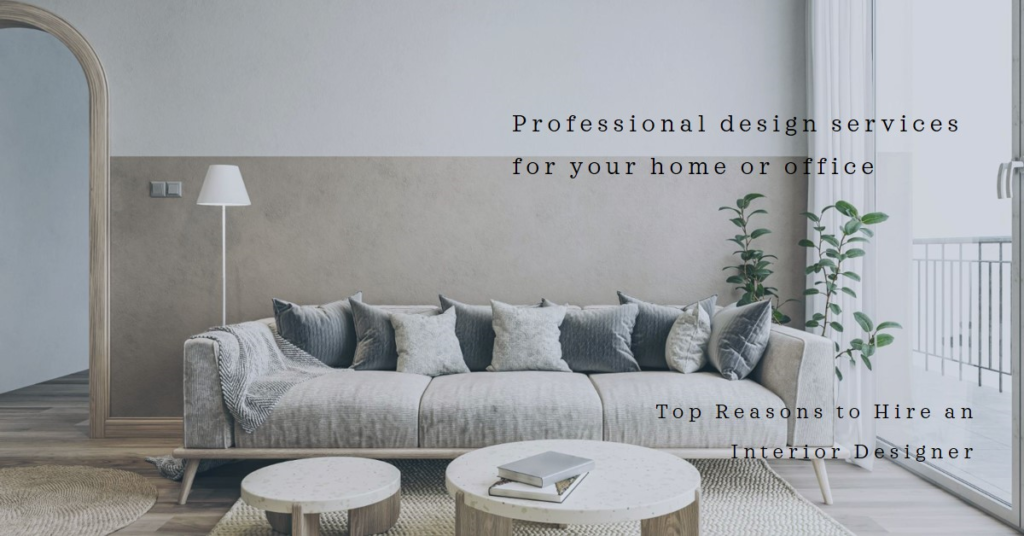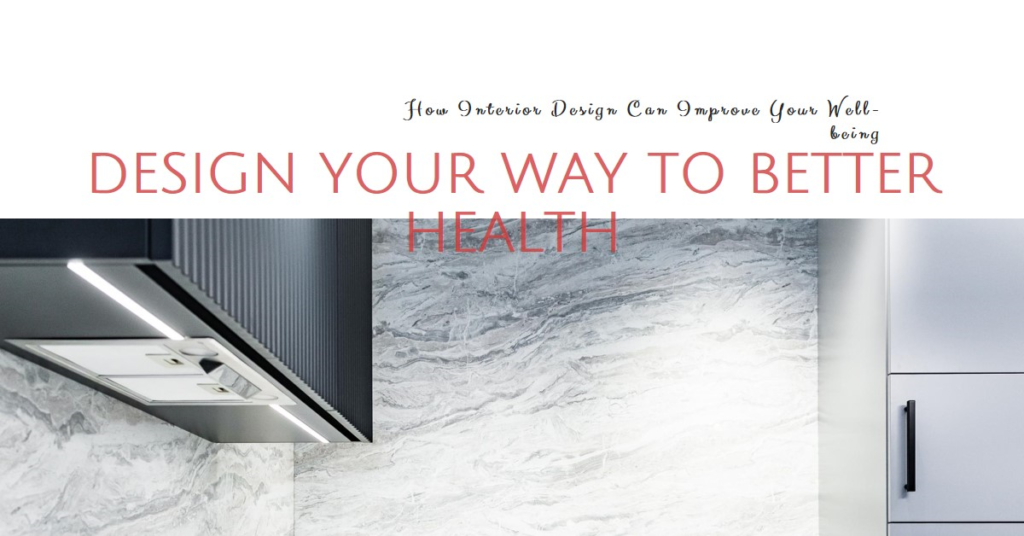
Table of Contents
- Introduction: The Allure of Interior Design
- The Creative Appeal: Unleashing Your Artistic Potential
- Technical Skills: Beyond the Aesthetic
- Educational Pathways: The Foundation of Your Career
- The Business Side: Balancing Art and Commerce
- Career Opportunities: Diverse and Rewarding Paths
- Financial Considerations: Understanding the Earning Potential
- Challenges and Realities: Preparing for the Demands
- Staying Updated: The Importance of Continuous Learning
- Conclusion: Is Interior Design the Right Career for You?
Introduction: The Allure of Interior Design
Interior design is a dynamic and creative field that merges art and functionality to create aesthetically pleasing and practical spaces. The profession has gained immense popularity over the years, driven by the increasing emphasis on lifestyle and the aesthetic appeal of living and working environments. But is a career in interior design the right path for you? This question requires a deep dive into various aspects of the profession, from the skill sets required to the potential rewards and challenges.
The Creative Appeal: Unleashing Your Artistic Potential
Interior design is inherently a creative profession. If you have a passion for art, design, and architecture, this field offers a platform to express your creativity. As an interior designer, you get to play with colors, textures, and furnishings to bring a vision to life. Every project is a blank canvas, allowing you to explore new ideas and innovate.
Furthermore, interior designers often work on diverse projects, from residential homes to commercial spaces. This variety keeps the job exciting and offers endless opportunities to push creative boundaries. If you thrive in an environment where you can constantly experiment and implement fresh concepts, interior design might be the perfect career for you.
Technical Skills: Beyond the Aesthetic
While creativity is a cornerstone of interior design, technical skills are equally crucial. Proficiency in design software such as AutoCAD, SketchUp, and Adobe Creative Suite is essential for creating detailed plans and visualizations. These tools help transform abstract ideas into tangible designs that clients can understand and approve.
In addition to software skills, a good understanding of architectural principles, building codes, and construction processes is necessary. This technical knowledge ensures that your designs are not only beautiful but also structurally sound and compliant with regulations. Aspiring interior designers must be prepared to invest time in learning and mastering these technical aspects to excel in the profession.
Educational Pathways: The Foundation of Your Career
Pursuing a career in interior design typically starts with formal education. Many universities and colleges offer specialized degree programs in interior design that provide a comprehensive understanding of design principles, history, and practical skills. These programs often include internships, giving students hands-on experience and exposure to real-world projects.
Accreditation is another important factor to consider. Programs accredited by organizations like the Council for Interior Design Accreditation (CIDA) ensure that the curriculum meets industry standards and adequately prepares students for professional practice. Investing in a quality education can significantly impact your career prospects and growth in the field.
The Business Side: Balancing Art and Commerce
Interior design is not just about creating beautiful spaces; it also involves managing projects, budgets, and client relationships. Successful interior designers possess strong business acumen to handle these aspects effectively. This includes understanding contract negotiation, project management, and marketing strategies.
Client interaction is a critical component of the job. Designers must communicate effectively to understand client needs, present ideas, and manage expectations. Building a good rapport with clients can lead to repeat business and referrals, which are vital for a thriving career. Therefore, honing interpersonal and business skills is as important as developing creative and technical expertise.
Career Opportunities: Diverse and Rewarding Paths
The field of interior design offers a wide range of career opportunities. You can work in established design firms, start your own business, or specialize in areas such as residential design, commercial design, or hospitality design. Each specialization has its unique challenges and rewards, allowing you to find a niche that aligns with your interests and strengths.
Moreover, interior design can lead to roles in related fields such as furniture design, lighting design, or set design for film and television. The skills and experience gained in interior design are highly transferable, opening doors to various creative professions. Exploring different career paths within the industry can help you discover the direction that best suits your talents and aspirations.


Financial Considerations: Understanding the Earning Potential
Earning potential in interior design can vary widely based on factors such as location, experience, and the type of projects you undertake. According to the U.S. Bureau of Labor Statistics, the median annual wage for interior designers was $57,060 in May 2021. However, top earners in the field can make significantly more, especially those working in high-demand markets or with prestigious clients.
Freelance and self-employed designers have the potential to earn higher incomes, but this path also comes with financial risks and uncertainties. It requires effective business management and marketing skills to attract and retain clients. Understanding the financial landscape and planning accordingly can help you navigate the economic aspects of an interior design career successfully.
Challenges and Realities: Preparing for the Demands
Like any profession, interior design comes with its set of challenges. One of the primary challenges is managing client expectations. Clients often have specific visions and budgets, and aligning these with practical and aesthetic solutions requires diplomacy and problem-solving skills. Revisions and changes can also be frequent, demanding flexibility and patience.
Time management is another crucial aspect. Interior design projects often have tight deadlines, requiring efficient planning and execution. Balancing multiple projects simultaneously can be stressful, especially when unexpected issues arise. Preparing for these challenges and developing strategies to manage them is essential for a sustainable and successful career.
Staying Updated: The Importance of Continuous Learning
The interior design industry is constantly evolving, with new trends, technologies, and materials emerging regularly. Staying updated with these changes is vital for maintaining relevance and competitiveness. Continuous learning through workshops, courses, and industry conferences can help you keep abreast of the latest developments and refine your skills.
Networking with other professionals in the field is also beneficial. Joining professional organizations such as the American Society of Interior Designers (ASID) can provide access to resources, mentorship, and opportunities for collaboration. Engaging with the design community fosters growth and helps build a robust professional network.
Conclusion: Is Interior Design the Right Career for You?
Deciding to pursue a career in interior design involves weighing various factors, from your creative inclinations and technical skills to your ability to manage business aspects and overcome challenges. It’s a profession that offers immense satisfaction through creative expression and the ability to transform spaces, but it also demands dedication, continuous learning, and resilience.
If you have a passion for design, enjoy problem-solving, and are willing to invest in developing both your artistic and business skills, interior design can be a highly rewarding career. It offers the opportunity to make a tangible impact on people’s lives by creating environments that enhance their well-being and functionality. Ultimately, the decision to pursue this path should align with your personal interests, strengths, and career aspirations.


